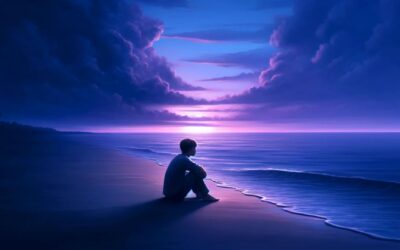Beyond the Sand: Understanding “Beach,” “Shore,” and “Coast”
Waterfront words like “beach,” “shore,” and “coast” often get used interchangeably, but there are subtle distinctions that can make your descriptions more precise. Let’s dive in!
Beach
- What it is: A stretch of sand or pebbles along the edge of a body of water (ocean, lake, river).
- Best for describing: Sunbathing, building sandcastles, playing beach volleyball, or taking a leisurely stroll by the water’s edge.
Examples:
- “The children spent the afternoon playing on the beach.”
- “The waves crashing against the rocky beach created a soothing sound.”
Shore
- What it is: The general area where land meets water. It can be sandy, rocky, muddy, or even marshy.
- Best for describing: The broader landscape elements around a body of water.
Examples:
- “We hiked along the wooded shore of the lake.”
- “The fishing boat was pulled up onto the shore.”
Coast
- What it is: The larger region where the land meets the sea. Think of a broader geographical area.
- Best for describing: General locations, weather patterns, or geographic features.
Examples:
- “They have a vacation home on the California coast.”
- “A storm is brewing off the East Coast.”
- “The coastline was dotted with picturesque lighthouses.”
Bonus Tip:
You’ll sometimes see the terms “seashore” and “coastline.” These are essentially synonyms for “shore” and “coast,” respectively.
Conclusion
Next time you’re describing a seaside scene, remember:
- Beach: Think about the sand or pebbles under your feet.
- Shore: The broader area where land and water interact.
- Coast: The bigger picture of the land along the ocean.
With this knowledge, you can paint a more vivid and accurate word picture of your next coastal adventure!











0 Comments